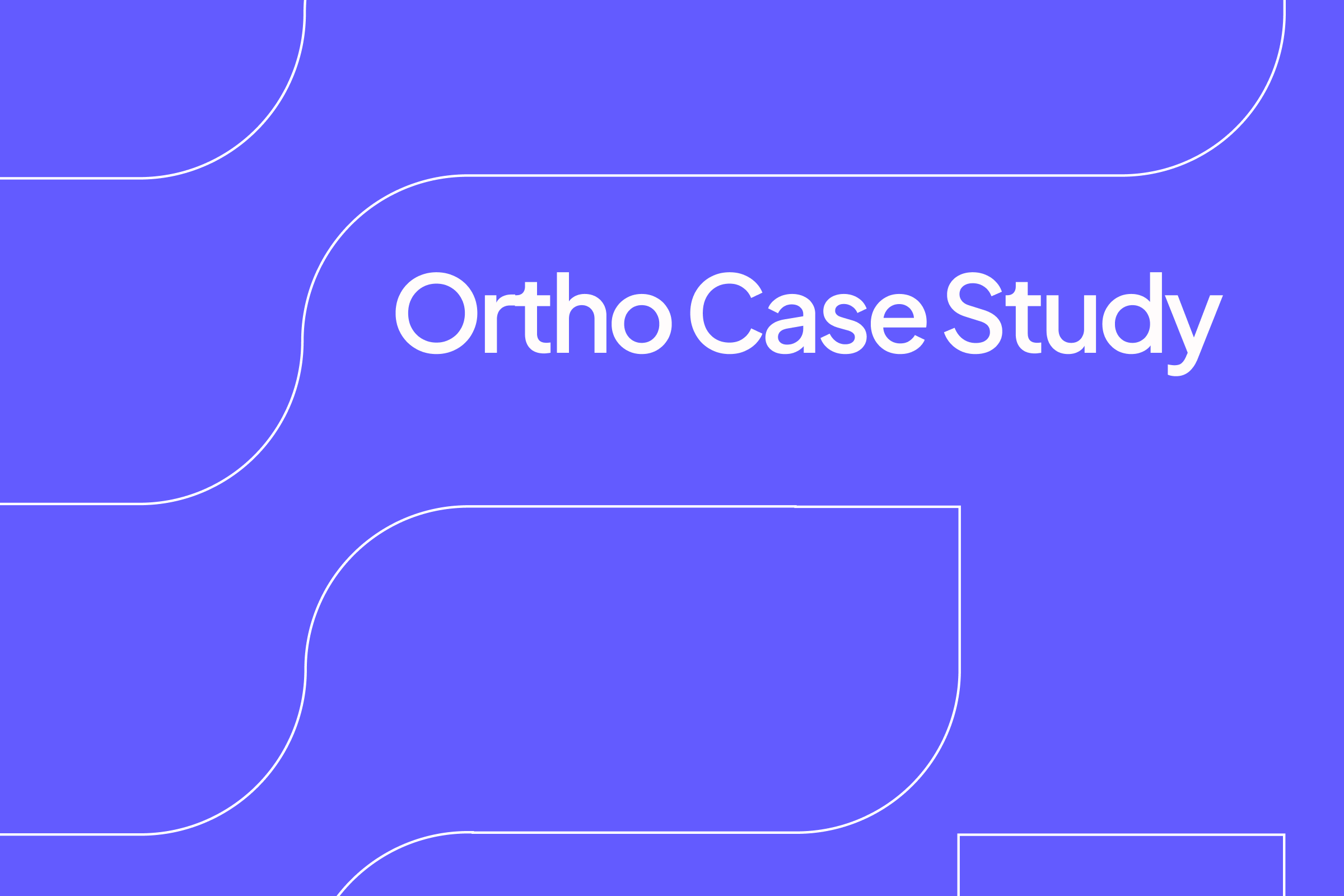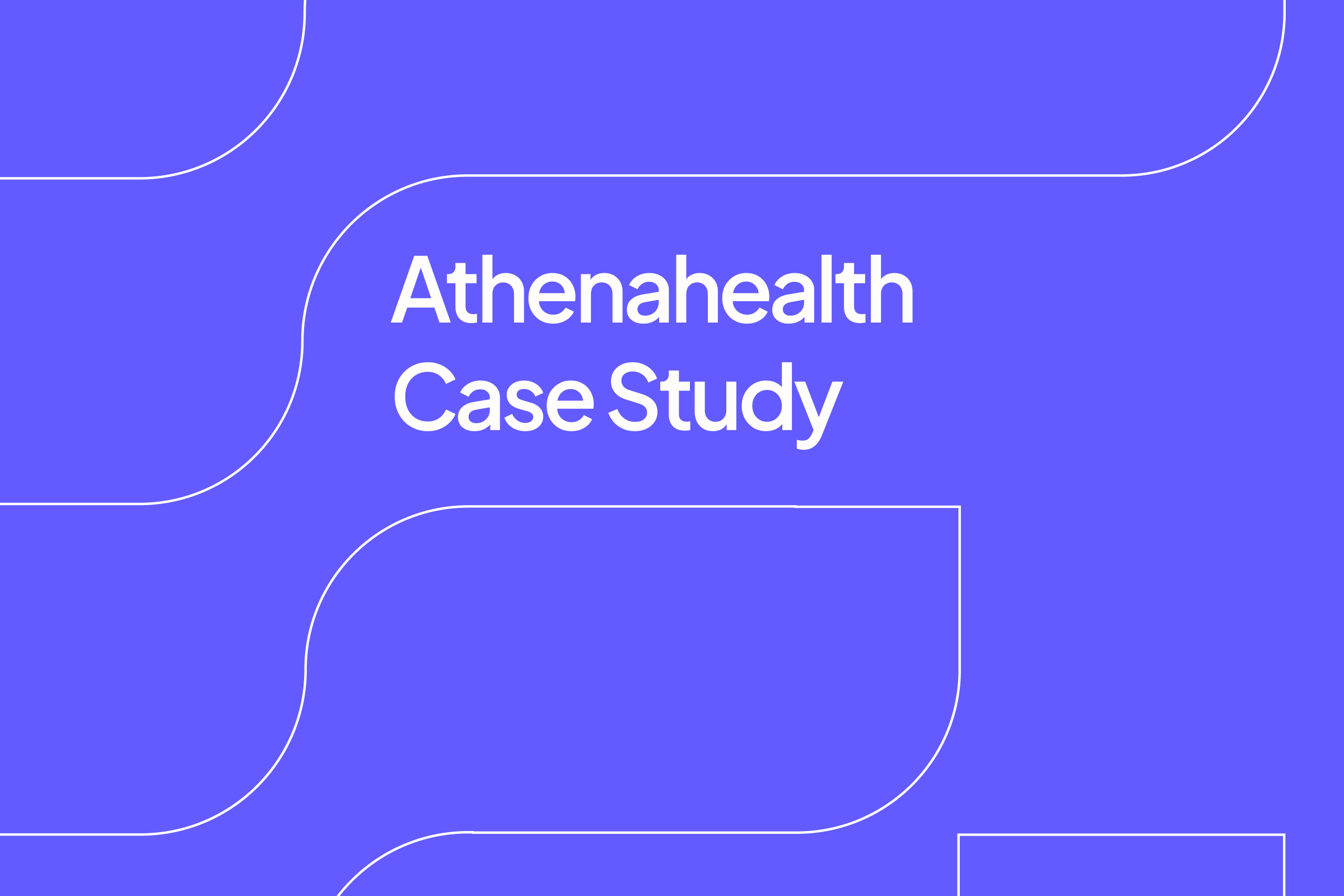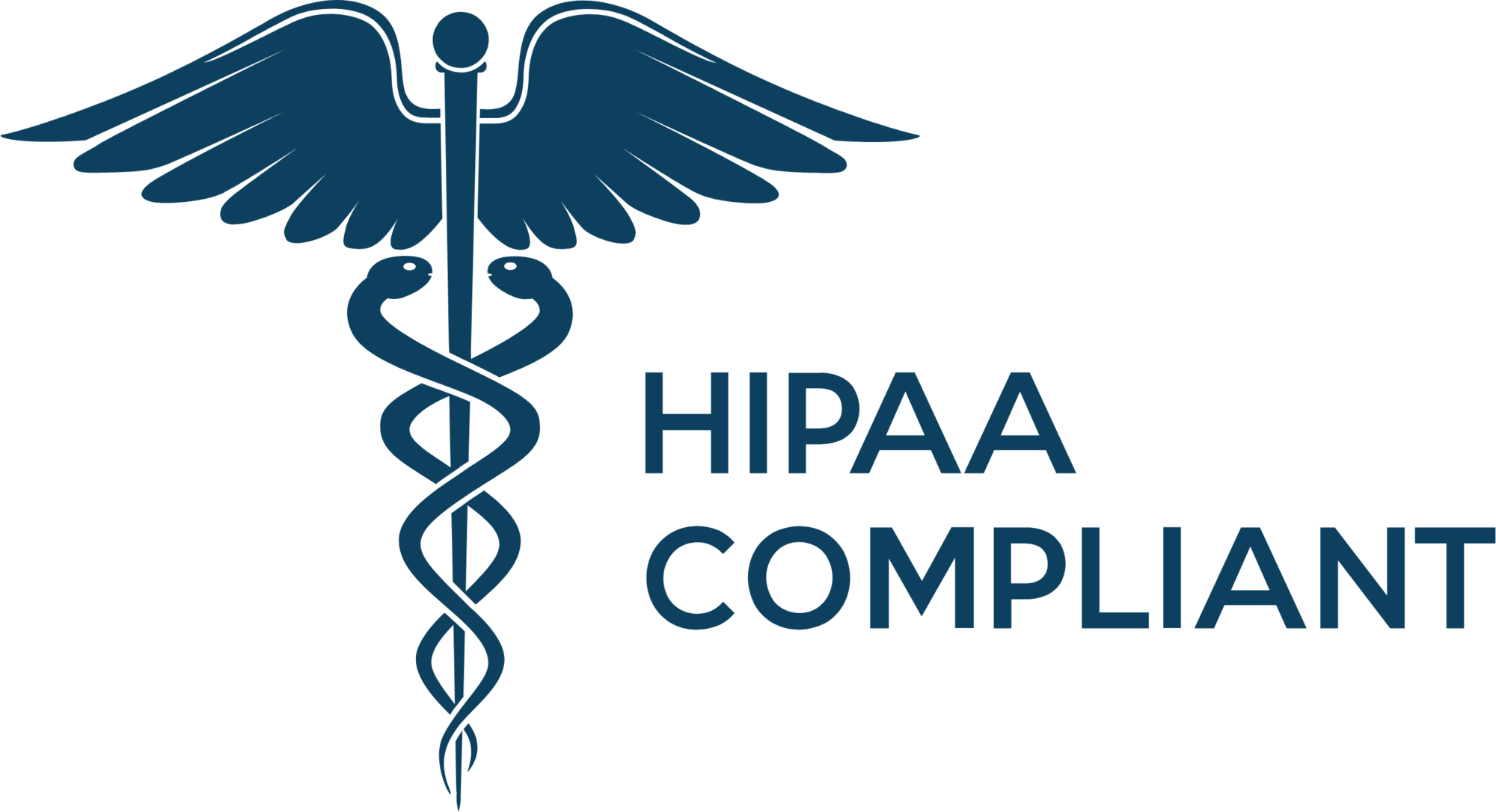
28% Fewer Denials, Faster Payments: How a Leading Orthopedic Group Elevated RCM
Meet the Client
A regional orthopedic practice in the South, with a team of more than a dozen surgeons, serves tens of thousands of patients annually across clinic and surgical settings. With high patient volume and complex billing requirements, the group wanted to strengthen its revenue cycle management (RCM) and reduce the financial drag caused by documentation gaps and claim errors.
The Challenge: Missed Revenue Opportunities
Before adopting AI-driven support, the group’s physicians relied on manual dictation and third-party tools that often:
- Left documentation gaps leading to missed charges.
- Introduced errors that drove avoidable denials.
- Slowed billing and reimbursement with time-consuming rework.
The lack of automation and real-time insights made it difficult to connect documentation directly to revenue performance, leaving the practice reactive instead of proactive.
The Solution: Ember’s AI-Powered RCM Support
Ember equipped the orthopedic team with smarter tools to connect documentation and revenue processes. By surfacing gaps in real time and adapting to each provider’s workflow, Ember helped ensure cleaner claims, stronger charge capture, and faster payments.
With Ember, the practice gained:
- Earlier visibility into risks that could trigger denials.
- Cleaner claims submitted the first time, reducing downstream delays.
- More consistent documentation across providers, strengthening billing accuracy.
The Impact: Stronger Financial Results
Within the first months of using Ember, the practice achieved:
- 28% reduction in denial rates, preventing hundreds of thousands in lost revenue.
- Faster reimbursements, improving cash flow and reducing AR days.
- 4.9x return on investment in less than a year, driven by stronger revenue capture and reduced rework.
Looking Ahead
The orthopedic group continues to expand Ember across its provider network, building on early success to further improve denial prevention and reimbursement speed. With each iteration, the team gains more financial clarity and operational strength.
Conclusion
This case shows how Ember turns documentation into a revenue advantage. By preventing denials, accelerating payments, and boosting ROI, Ember empowers practices to move from reactive billing to proactive revenue cycle management.
“What stands out most is the impact on revenue. We’re preventing denials we used to accept as inevitable, and the financial return has been clear within months.” – Practice Administrator
Lynn Hsing is a recognized leader in healthcare marketing. Having worked closely with health systems and providers, Lynn brings a nuanced understanding of the challenges they face — from administrative burden and claim denials to reimbursement delays and staff shortages. This firsthand insight has shaped Lynn’s ability to translate complex AI solutions into meaningful value for healthcare organizations.








